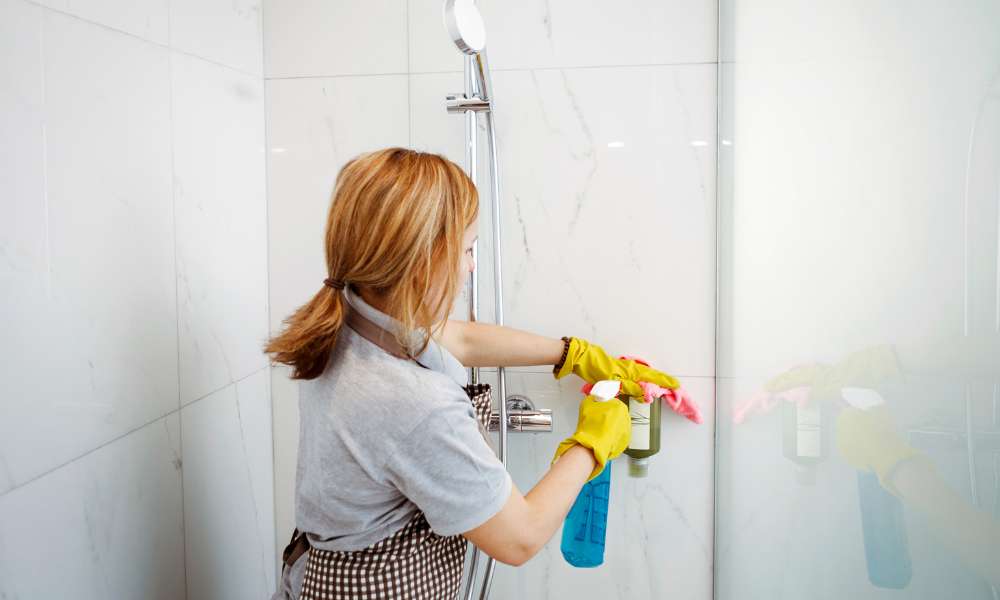Fiberglass shower stalls Clean offer a sleek, modern aesthetic and durability that many homeowners appreciate. However, they require regular maintenance to preserve their appearance and functionality. Understanding how to clean fiberglass shower stall properly ensures they remain free of mold, mildew, soap scum, and hard water stains. Proper cleaning techniques protect the delicate fiberglass material, maintaining its glossy finish and extending its lifespan. This guide provides step-by-step instructions for effectively cleaning your fiberglass stall, so it stays fresh, sanitary, and looking as good as new.
What Are Fiberglass Shower Stalls?
Fiberglass shower stalls are bathroom fixtures made Clean from a lightweight, durable composite material that is formed into various shapes and sizes to create a seamless, smooth surface. These stalls are favored for their affordability and sleek appearance, providing a modern touch to any bathroom design. They are also non-porous, which makes them resistant to water damage and staining, as well as easier to clean compared to traditional tile and grout showers.
Importance Of Keeping Fiberglass Shower Stalls Clean
Keeping fiberglass stalls clean is crucial for maintaining their aesthetic appeal and functionality. Regular cleaning helps prevent the buildup of mold, mildew, soap scum, and hard water stains, which can tarnish the glossy finish of the surface. A clean shower stall also promotes better hygiene, reducing the risk of bacteria and allergens that can accumulate over time. Proper maintenance extends the life of your shower, ensuring it remains an attractive and efficient part of your bathroom for years to come
Tools And Materials For Cleaning
To get started, gather the following tools and materials:
- Soft sponge or non-abrasive scrubber
- Microfiber cloth or squeegee
- Cleaning agents (non-abrasive cleaner, white vinegar, or baking soda)
- Spray bottle
- Protective gloves
Make sure the cleaning agents you choose are safe for fiberglass and do not contain harsh chemicals or abrasives.
Step-By-Step Cleaning Process
Step 1: Rinsing the Shower Stall
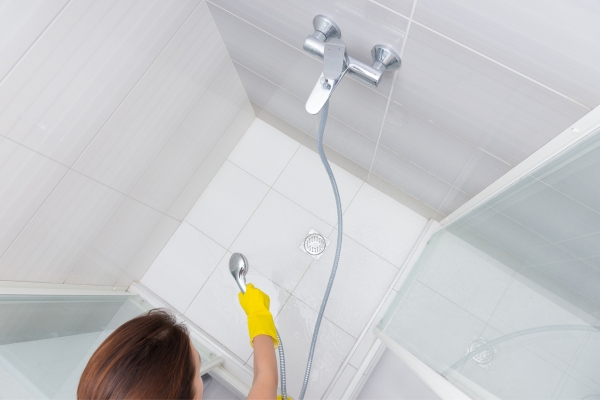
Begin by rinsing the entire surface of the Install Shower Stalls with warm water. This helps to loosen any dirt, soap scum, and residue that may have accumulated. Use a handheld showerhead, if available, to thoroughly rinse all corners and hard-to-reach areas. By rinsing the stall first, you prepare the surface for effective cleaning.
Step 2: Applying Cleaning Agent
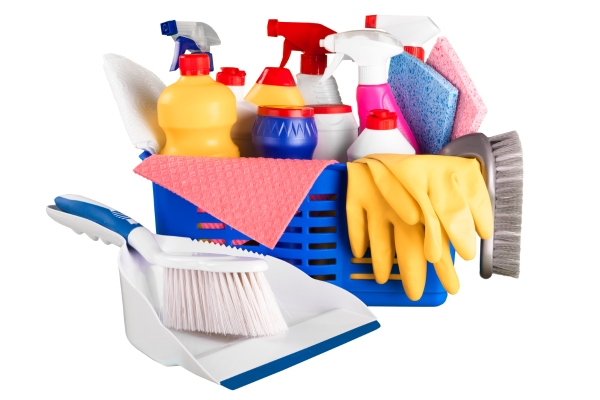
Once the stall is rinsed, apply a suitable cleaning agent to the surface. Choose a mild cleaner such as a solution of equal parts water and white vinegar, or a gentle bathroom cleaner specifically designed for fiberglass. Avoid harsh, abrasive cleaners that could damage the fiberglass. Spray the cleaner evenly across the surfaces, including the walls, shelves, and fixtures. Allow the cleaning agent to sit for a few minutes to penetrate and break down grime and stains. This waiting period ensures the cleaner works effectively before you proceed to the next steps.
Step 3: Scrubbing the Surfaces
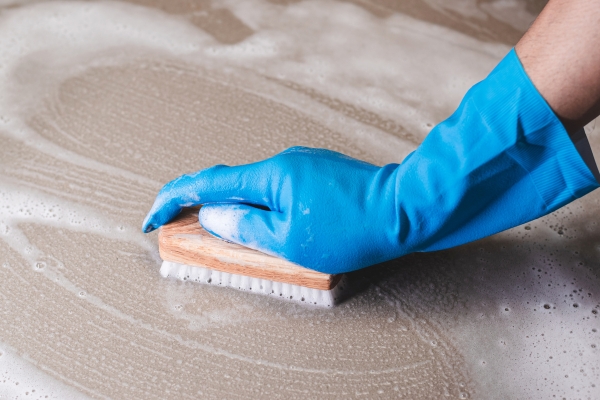
After allowing the cleaning agent to sit for a few minutes, begin scrubbing the surfaces of the fiberglass shower stall using a soft sponge or non-abrasive scrub brush. Pay special attention to areas with soap scum, hard water stains, or mildew buildup. Use gentle, circular motions to avoid scratching the fiberglass while ensuring the cleaner effectively lifts dirt and stains. Be thorough in scrubbing corners, shelves, and fixtures to ensure the entire stall is clean.
Step 4: Rinsing Thoroughly
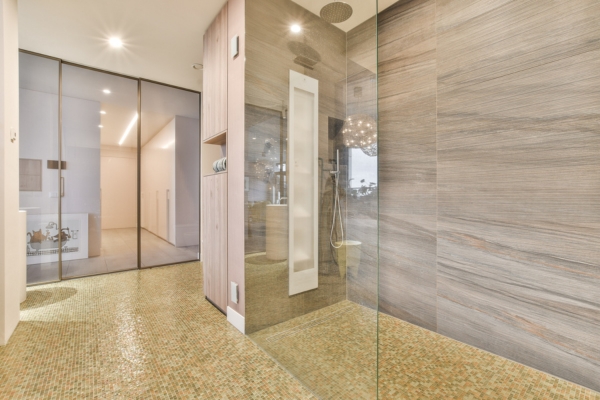
Once you’ve scrubbed all surfaces, rinse the entire shower stall thoroughly with warm water. This helps to wash away the cleaning agent, along with any loosened dirt and grime. Be sure to rinse all areas, including corners and around fixtures, to ensure no residue remains. Proper rinsing is essential for preventing streaks and buildup. After rinsing, use a squeegee to remove excess water and dry the surfaces, leaving your fiberglass stall looking clean and shiny.
Step 5: Drying the Shower Stall
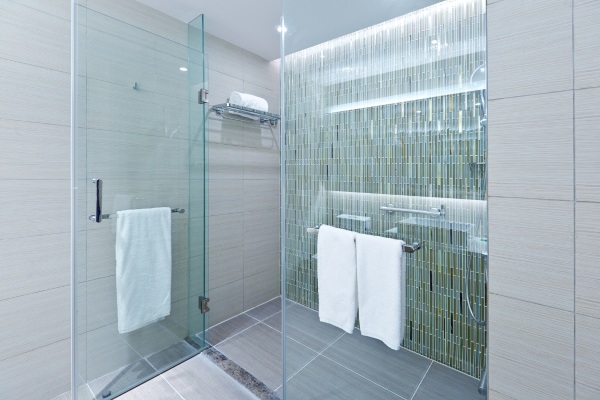
After thoroughly rinsing the fiberglass shower, it is important to dry the surfaces to prevent water spots and potential mold growth. Use a clean microfiber cloth or a squeegee to dry the walls, shelves, and other surfaces. A microfiber cloth is ideal for drying as it absorbs water quickly and leaves a streak-free finish. If you have a squeegee, run it along the surfaces from top to bottom to remove excess water. Proper drying helps maintain the pristine appearance of your shower stall and extends its lifespan.
Conclusion
Cleaning fiberglass stalls doesn’t have to be a daunting task. By following these simple steps, you can keep your shower stall looking fresh and in top condition. Regular cleaning prevents the buildup of soap scum, mildew, and hard water stains, maintaining the beauty and hygiene of your bathroom. With the right tools and techniques, your fiberglass stall can remain a stylish and functional part of your home for years to come. Make cleaning your shower a part of your routine to enjoy a clean, healthy, and inviting bathroom space.
